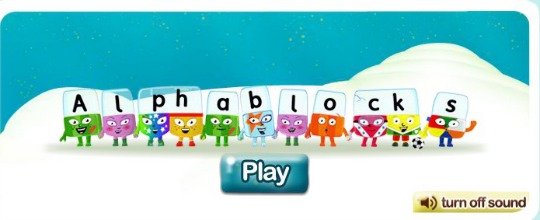

It couldn’t be simpler: tap to bring each Alphablock to life and hear them sing their letter sound and a line from the Alphablocks song. Alphablocks is the hit TV show that’s helping millions of children learn to read the fun way. And so on.Meet the Alphablocks, get to know your alphabet and letter sounds and sing along to the Alphablocks song. Ashok has s and h that team up to make a ‘sh’ sound.

For example, Lily has a y that makes an ‘ee’ sound.

Many names are exception words! Young children are often delighted to discover that their name has special letters and sounds. GREEN – said, so, have, like, some, come, were, there, little, one, do, when, out, whatīLUE – oh, their, people, Mr, Mrs, looked, called, asked, could YELLOW – we, me, be, was, my, you, they, her, all, are The common exception words for each stage are: The best way to read exception words together is to point out that the word is a bit unusual and sound out the different sounds: for example, said has the simple ‘s’ sound, the tricky part ( ai) that makes an ‘e’ sound, and the simple ‘d’ sound. Common words are also known as ‘high-frequency’. You may also hear them called ‘irregular’, ‘sight’, ‘red' or ’tricky' words. Your child’s teacher will introduce them gradually, some at each stage. Many exception words are quite common and very useful: the, said, no, I, and so on. Any word that doesn’t fit what they already know is called an ‘exception’ word. There are some more digraphs to meet too: wh, ph, au, aw, ir, ow, oy.Īt every stage of learning to read, children master new phonics skills and patterns. This goes for letter teams too: OW can make gl ow as well as c ow. C and G make soft sounds in i ce and ca ge. Y, who has so far been a consonant, springs into life as a vowel in words such as tr y, sh y and happ y. Having learned that there is more than one way to make some sounds, it’s time to discover that some letters make more than one sound. In Alphablocks, the character Magic E teams up with another vowel with a magic beam that joins them and shows how they work together to make the sound. Teachers call these split digraphs (a_e, e_e, i_e, o_e, u_e). We also learn a new pattern: the words cake, Pete, mine, home and ruleall have long vowel sounds, but the letter teams are separated. You can make the long E sound with ee ( bee) or with ea ( beat). You can make the long A sound (the same as its name) with the digraph ai ( sail) or with ay ( say). Your child has already met some letter teams that make the long vowel sounds (ai, ee, igh, oa, oo) – now we learn that there is more than one way to make them. You can find all of the blue level episodes of Alphablocks here.


 0 kommentar(er)
0 kommentar(er)
